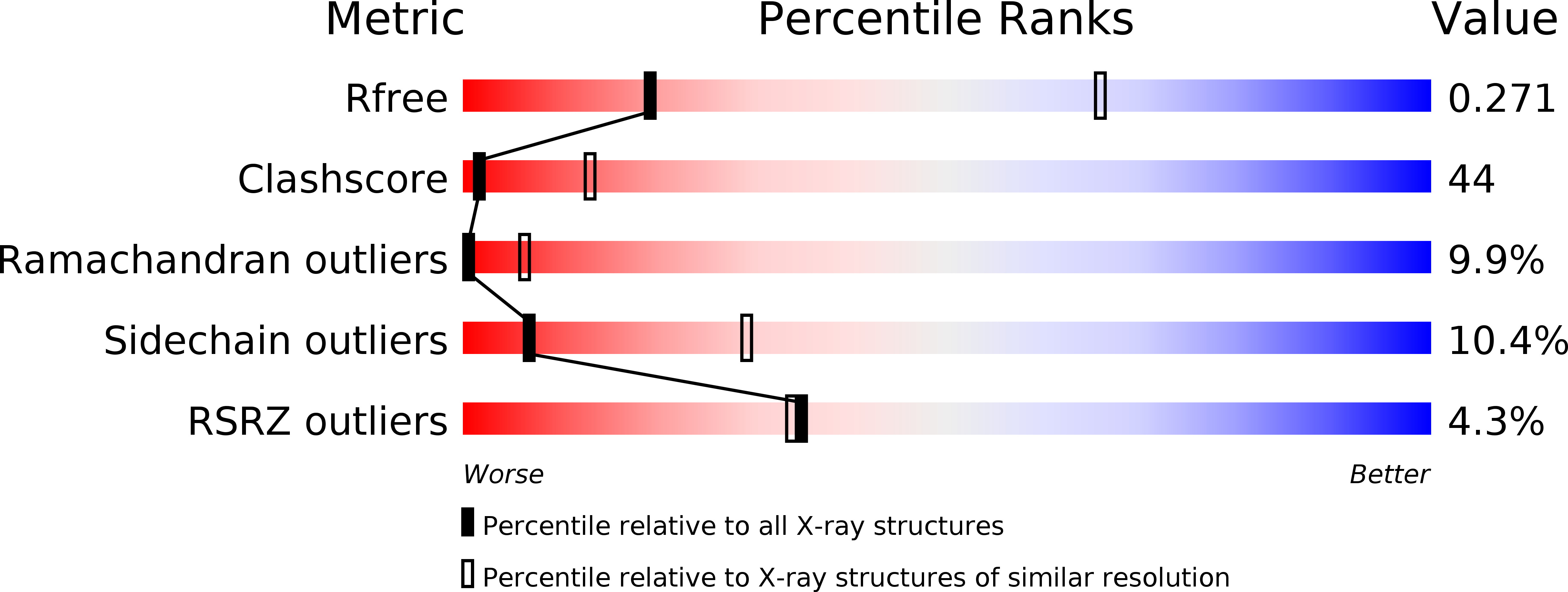
Deposition Date
2006-12-28
Release Date
2007-06-19
Last Version Date
2023-10-25
Entry Detail
Biological Source:
Source Organism:
Mycobacterium smegmatis (Taxon ID: 1772)
Host Organism:
Method Details:
Experimental Method:
Resolution:
3.45 Å
R-Value Free:
0.27
R-Value Work:
0.21
R-Value Observed:
0.21
Space Group:
P 61


